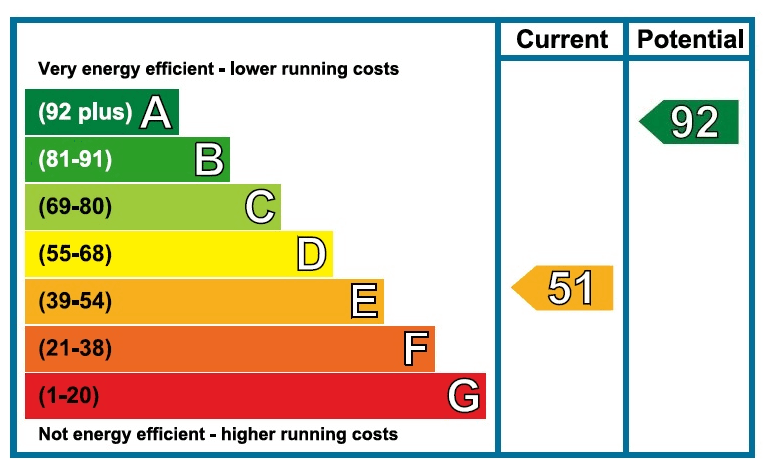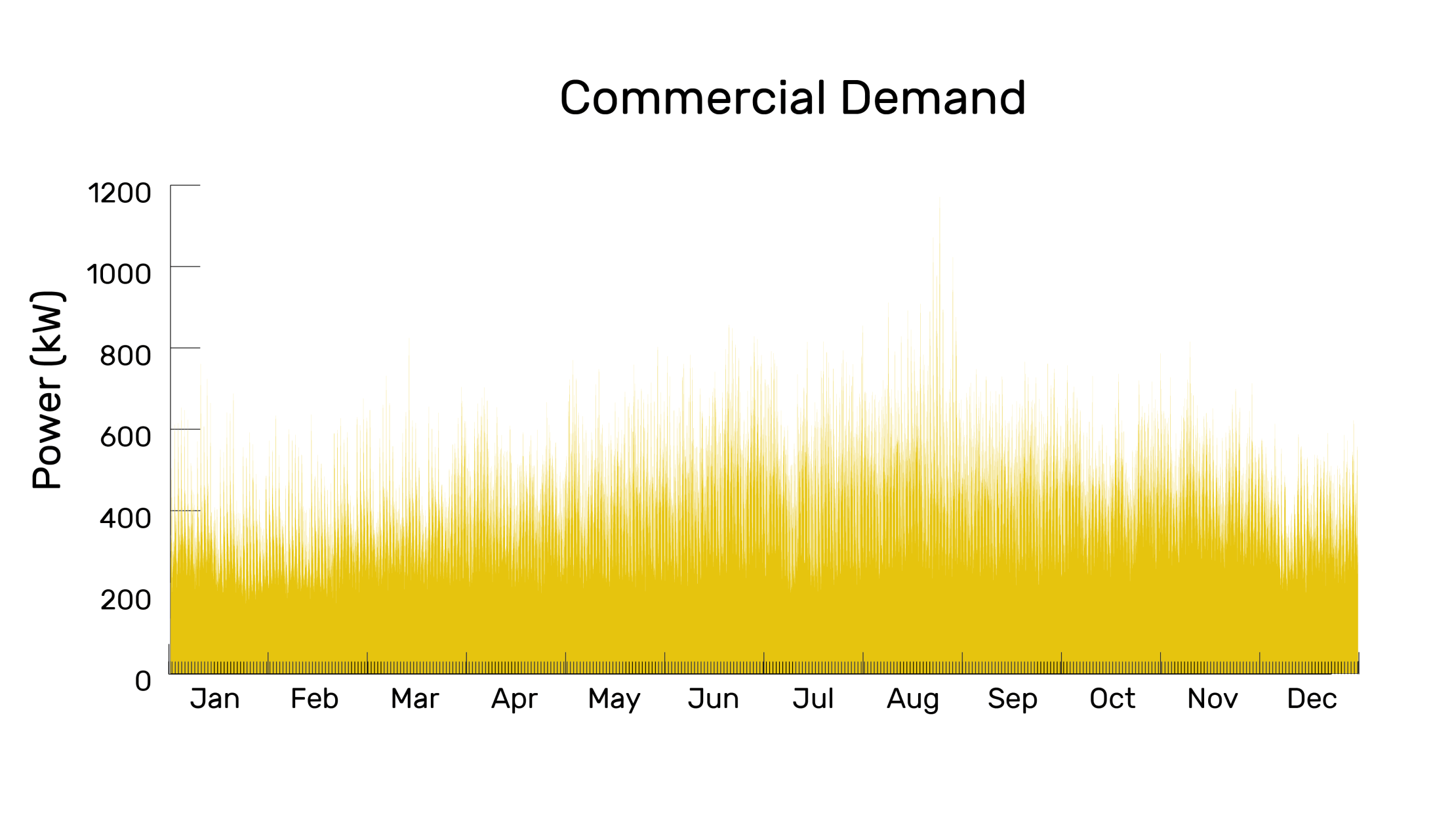
Examining publicly available data from the Scottish property register, energy performance certificates (EPCs) were used to calculate the residential building demand. This included: space heating, hot water and “other” (electrical demand). There are 475 residential buildings in Kinlochleven and EPCs were available for 336 of the buildings (~70%). From the EPC data, the number of different dwelling types was determined and are outlined in the results table below.
Semi-detached/end-terrace housing is the predominant dwelling type. Their average size is 87 m2 with an average energy demand of ~440 kWh/m2. The EPC’s demonstrated that the dwellings in Kinlochleven had excessive energy demands, the average EPC rating was E which is below the national average of D [1].
From the results of the EPC's the total energy demand for residential dwellings in Kinlochleven is 17.5 GWh/year.
All of Kinlochleven's EPC data can be found on our downloads page.
